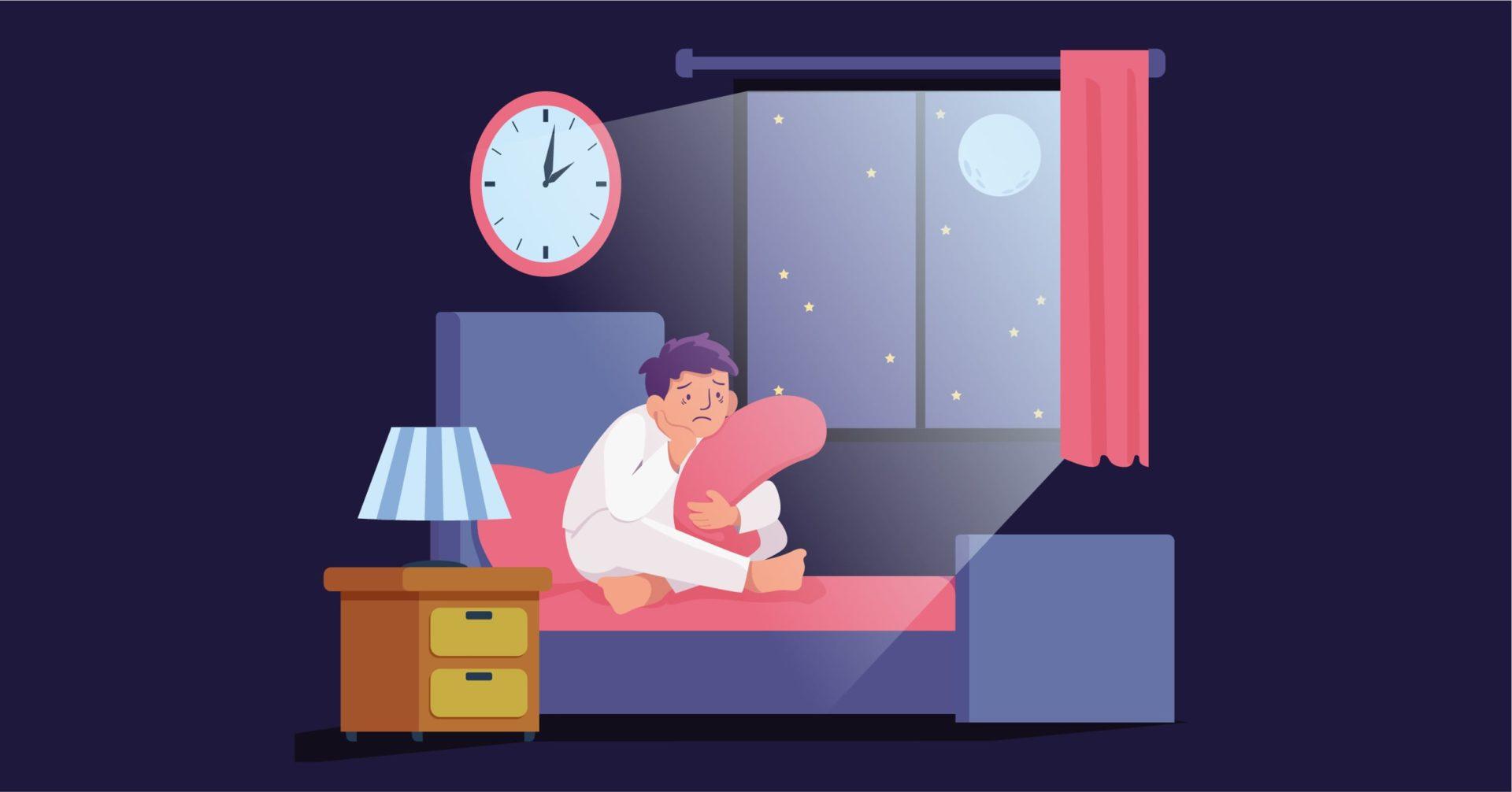Overview
Sexual Masochism Disorder comprises recurrent sexual urges, fantasies or behaviours that cause intense sexual arousal from the act of being humiliated, beaten, bound or otherwise made to suffer. Some people feel guilty and ashamed about their urges.
Sexual masochistic interest is different from sexual masochism disorder. When the urges, thoughts and fantasies do not result in psychosocial distress for the person nor do they act on these urges then they qualify for sexual masochistic interest.
The prevalence of this disorder is not known. However, in Australia, it is seen in 2.2% males and 1.3% females. Arousal is achieved from being in pain and feelings of loss of control.
This may involve being bound, tying hands and legs, being beaten using objects such as belts or whips, being humiliated, etc. Colloquial term used for masochism is a submissive in a submissive-dominant role.
Theories trying to understand this behaviour state that activities as such help them escape the burden of expectations that they have from themselves and the loss of control can be extremely relieving.
It is a trusting process which expects people to rely on their partners for complete control which allows them to lose control.
Theories also discuss avoidance of self awareness because it requires to disintegrate the current view the person holds about themselves and change it entirely. Masochism helps them avoid the process by immersing in escape from that burden.
It is also noticed that people involved in this kind of masochism/submission may do it to reach an altered state of consciousness or oneness with the universe, etc.
In certain people, it may be taken up as a leisurely activity which is associated with feelings of relief and recreation.
DSM-5 notes a specification, asphyxiophilia. It is the desire to engage in activities that restrict breathing and cause sexual arousal.
Common Signs and Symptoms
Signs and symptoms include:
- Common Signs and Symptoms include sexual urges, thoughts or fantasies to engage in masochistic behaviours such as bondage, being beaten, humiliated or insulted and feeling sexually aroused by it.
- This behaviour may cause psychosocial distress in the form of discomfort, guilt, shame, feelings of isolation, sexual frustration, etc.
- The person has acted on these urges and fantasies which often leads to masturbation or sexual activities.
- The individual may explicitly watch pornography related to being humiliated, beaten, bound, or otherwise made to suffer.
Risk Factors
There are no established risk factors for this disorder. Although some papers do speak about childhood sexual abuse and presence of other paraphilias. However, there are no conclusive studies reporting the same.
Diagnosis
A detailed clinical history is mandatory before diagnosis. Assessment usually consists of a detailed history of the client’s sexual life, relationship with family, medical history, education, substance abuse, history of sexual, physical or psychological abuse, etc.
Personality assessments such as Minnesota Multiphasic Personality Inventory (MMPI) may be given to assess personality-related factors and differences.
To be diagnosed with Sexual Masochism Disorder, following criteria must be met:
- Over the past six months, there are recurrent sexual urges, fantasies and behaviour of engaging in activities such as bondage, being beaten, being humiliated or insulted.
- The fantasies, sexual urges, or behaviors cause clinically significant distress or impairment in social, occupational, or other important areas of life.
Psychologists are to specify if there is a presence of asphyxiophilia.
Treatment
Treatment options are generally sparse. Reason being, a lot of surveys note around 30-60% of the population engaging in sadomasochistic behaviours.
Some even debate about the behaviour being normalised as a part of regular sexual practice. Very few people actually feel distressed with their interest and it affects their day-to-day activities.
For such individuals, efforts are dedicated towards acceptance of the behaviour. However, it is largely dependent on the individual’s choices.
Therapy of various forms such analytical, behaviour or cognitive, explore themes of submission, power dynamics, childhood experiences, role of pain in sexual pleasure. Establishment of safe words, self-esteem-related issues, social roles or anxiety may also be the focus of therapeutic approaches.
Differential Diagnosis
Conditions such as transvestic fetishism, sexual sadism disorder, hypersexuality, alcohol and substance use disorders can act as a differential diagnosis and a comorbidity for sexual masochism disorder.
Comorbidity
Disorders that occur comorbidly with sexual masochism disorder typically include other paraphilic disorders, such as transvestic fetishism. They are dependent on the individual taking treatment.
Specialists
Psychologists help with psychotherapy. Sex therapists may be referred to as well.





